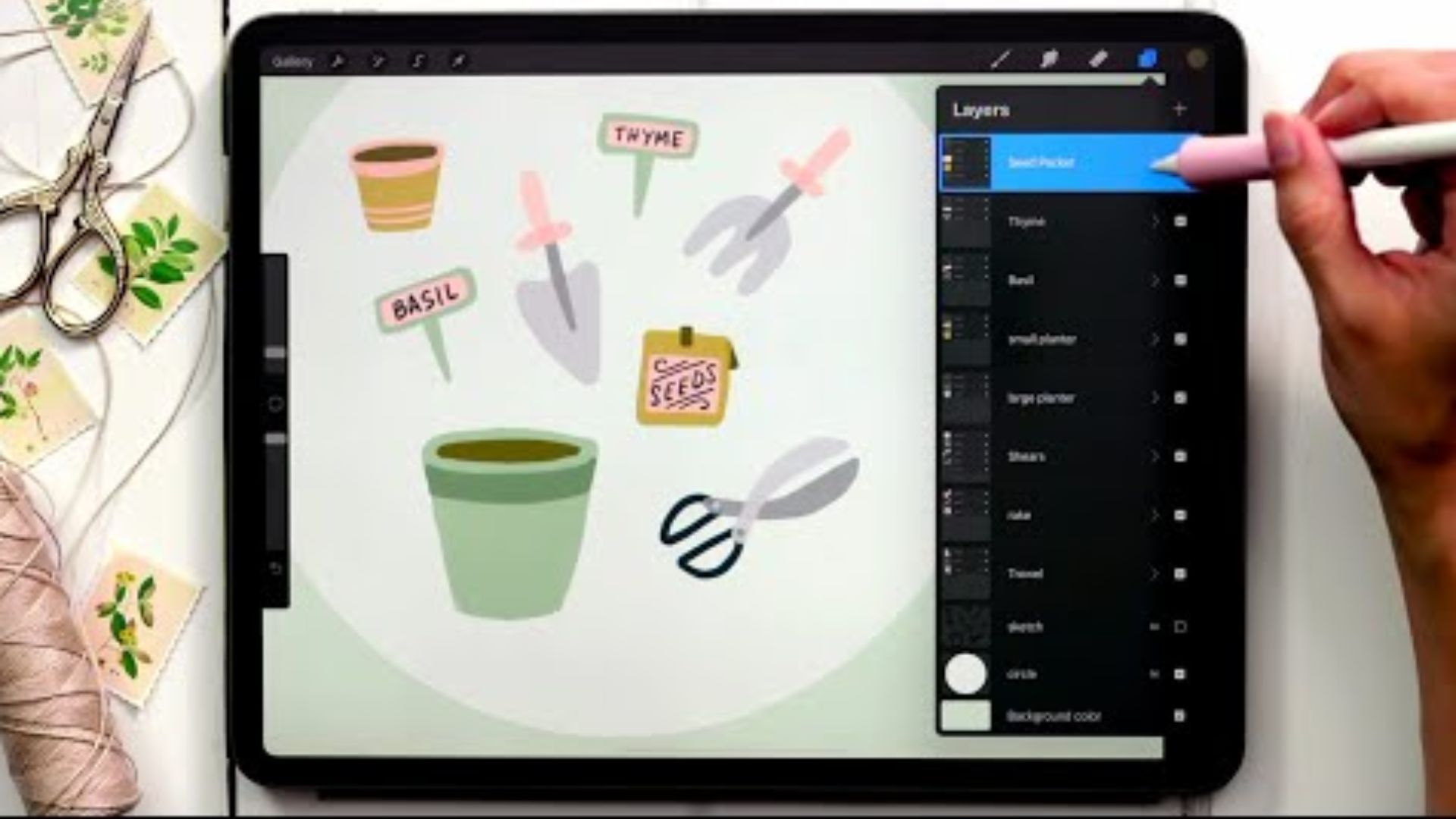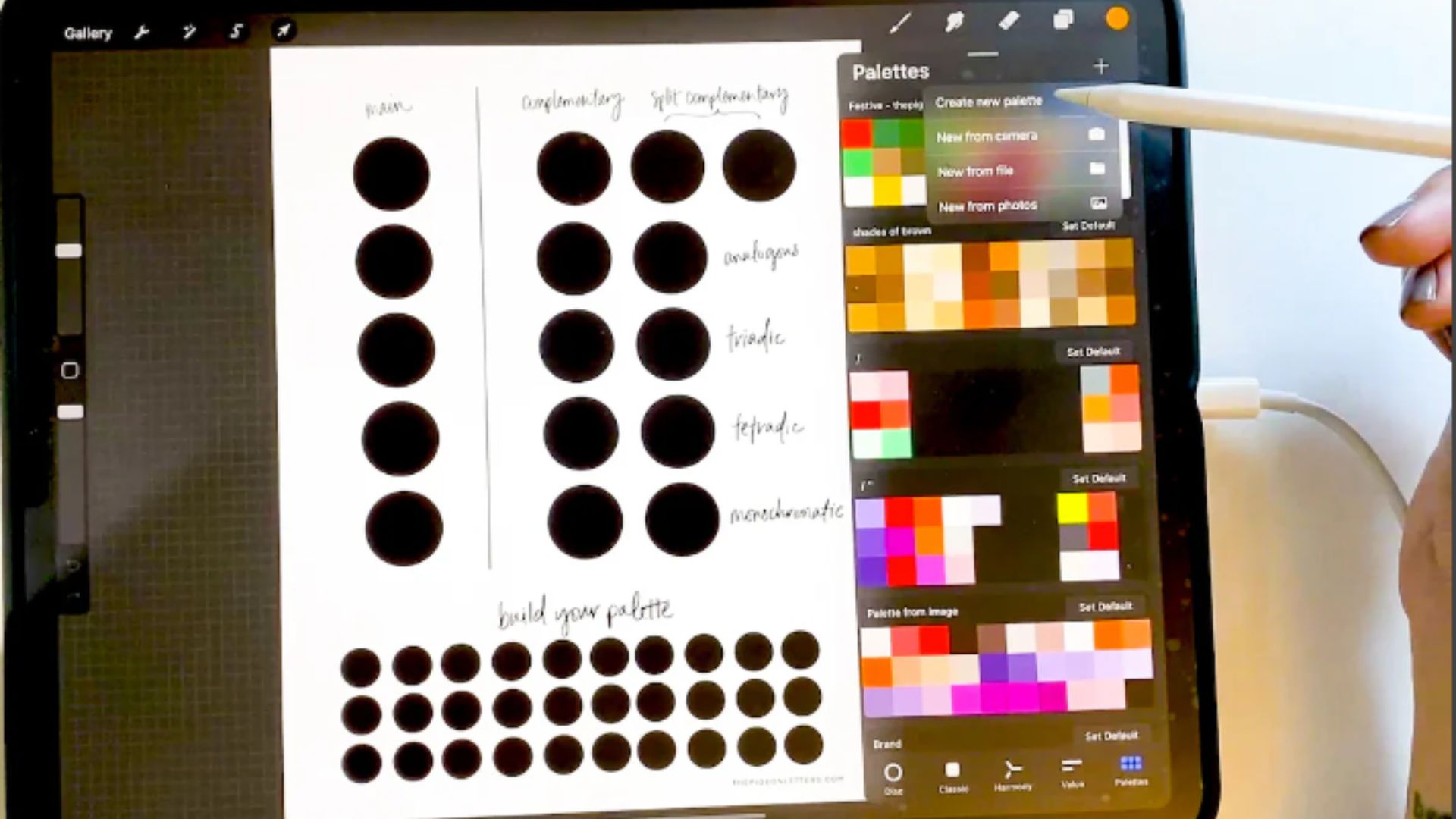Have you ever landed on a website and instantly felt a certain way? Calm and reassured? Energized and motivated? These subconscious reactions are often triggered by the website’s design, and a significant player in that design is color palletes. Colors have the power to evoke emotions, influence user behavior, and ultimately impact the success of your website.
This blog post delves into the fascinating world of unlocking user psychology through color palettes. We’ll explore how to choose the perfect theme combinations to achieve your specific website goals, whether it’s building trust, fostering a sense of security, or motivating users to take action.

Understanding the Power of Color Psychology
Colors aren’t just visual elements; they carry symbolic meanings and psychological associations. Red, for example, is often associated with passion, excitement, and urgency. Blue, on the other hand, evokes feelings of trust, security, and calmness.
By understanding these color associations, you can choose a color palette that resonates with your target audience and aligns with your website’s objectives.
Choosing Colors for Different Website Goals:
Now, let’s get specific! Here’s how to leverage color psychology for different website goals:
Building Trust and Credibility
For websites focused on finance, healthcare, or legal services, you want to establish trust with your visitors. Colors like blue, green, and grey convey a sense of professionalism, security, and reliability.
Eliciting Action and Conversion
Websites aiming to drive sales or encourage user signups can benefit from colors like red, orange, and yellow. These colors are known to stimulate energy and urgency, prompting users to take action.
Creating a Luxurious Experience
E-commerce websites selling high-end products can leverage colors like black, gold, and silver. These colors exude elegance, sophistication, and a sense of luxury.
Evoking Creativity and Inspiratio
Websites in the creative industries like art, design, or photography can benefit from bold color palettes. Think vibrant blues, greens, and purples to spark creativity and inspire visitors.
Promoting Relaxation and Calmness
Websites focused on wellness, yoga, or meditation want to create a sense of peace and tranquility. Soothing colors like light blue, lavender, and soft green can achieve this effect. Don’t underestimate the power of white space! White space creates visual breathing room on your website and allows your chosen colors to truly pop.
Beyond the Basics: Considering Color Harmony
Choosing a single color isn’t enough. Creating a visually appealing and effective website requires a cohesive color palette. Here are some tips for achieving color harmony:
The 60-30-10 Rule
This popular formula suggests using a dominant color for 60% of your website, a secondary color for 30%, and an accent color for 10%.
Color Analogies
Choose colors that sit next to each other on the color wheel for a harmonious and aesthetically pleasing palette.
Color Contrasts
For a bolder statement, consider using contrasting colors from opposite ends of the color wheel. However, use this approach cautiously to avoid overwhelming your visitors. Experimenting is key! Utilize online color palette generators or design tools to explore different color combinations and find the perfect fit for your website.
Conclusion
By unlocking user psychology through color palettes, you can create a website that not only looks visually appealing but also subtly influences user behavior and achieves your desired goals. Remember, color is a powerful tool in your web design arsenal. Use it strategically to create a memorable experience for your visitors and elevate your website to the next level.
Choosing the right colors is an ongoing process. As your website evolves and your target audience grows, revisit your color palette to ensure it continues to resonate with your brand and user expectations. So, experiment, explore, and embrace the power of color to create a website that truly connects with your audience.

